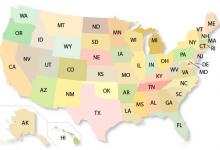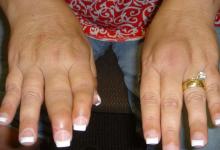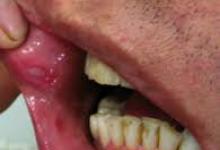TNF Inhibitors Reduce and Stabilize Coronary Plaque Save

Arthritis & Rheumatology reports that biologic (bDMARD) use in rheumatoid arthritis (RA) may decrease cardiovascular disease (CVD) risk by retarding coronary plaque formation and progression (especially non‐calcified and low‐attenuation plaque).
RA patients have a higher rate of CV events that is associated with chronic inflammation.
A single center cohort study of 150 RA patients who underwent computed tomography angiography to assess coronary atherosclerosis (total, non‐calcified, mixed/calcified and low‐attenuation plaque). Two-thirds of these patients had repeat CTA scans within 6.9±0.3 years to evaluate plaque progression. CV events included cardiac death, myocardial infarction, unstable angina, revascularization, stroke, claudication, and heart failure hospitalization. (Results were adjusted for segment stenosis score, Framingham‐D'Agostino score and ‐CRP)
In this cohort, all patients were treated with DMARDs (80% methotrexate) and 88/146 (60.3%) were receiving bDMARDs at baseline, all of which were TNF inhibitors.
Patients treated with bDMARD use associated with lower long‐term CVD risk (OR=0.15; 95%CI=0.04‐0.60]), especially in patients with non‐calcified plaque (OR=0.21; 95%CI=0.04‐0.99) or low‐attenuation plaque (OR=0.08; 95%CI=0.01‐0.70) at baseline.
While TNFi use protected against new plaque formation in patients without mixed/calcified plaque (OR=0.40; 95%CI=0.17‐0.93), TNFi did not protect those with calcified plaques. bDMARD treatment also predicted low‐attenuation plaque loss (p=0.042) (ie, plaque stabilization).
These imaging studies demonstrate how, and in whom, TNF inhibitor therapies may lower CVD events in RA patients.










If you are a health practitioner, you may Login/Register to comment.
Due to the nature of these comment forums, only health practitioners are allowed to comment at this time.